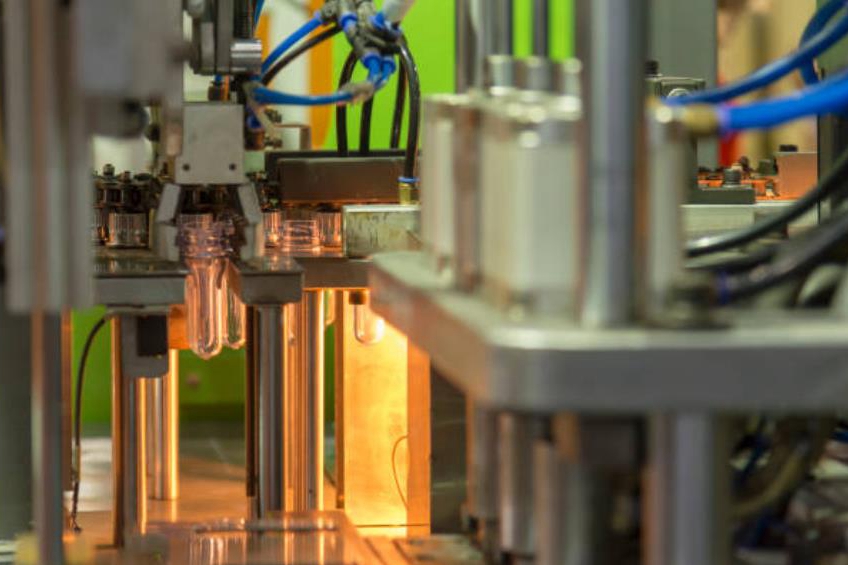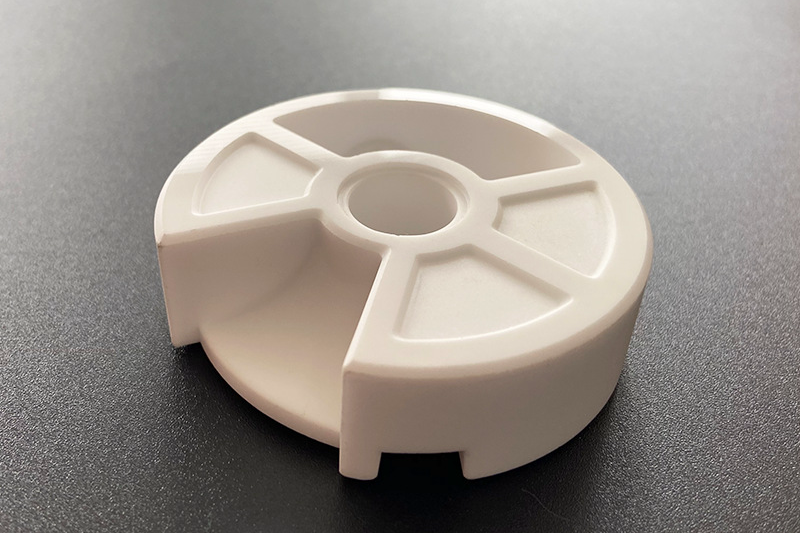Which materials work best for high-temperature internal structures?
Best Materials for High-Temperature Internal Structures
Internal components exposed to extreme heat—such as those found in aerospace, energy systems, automotive exhaust assemblies, and advanced telecommunication hardware—must maintain mechanical strength, creep resistance, oxidation stability, and fatigue performance at elevated temperatures. At Neway, the best-performing materials for these applications are typically nickel-based superalloys, refractory metal composites, and engineered ceramics that have been optimized through advanced molding or casting processes.
Nickel-Based Superalloys: The Primary Solution
Nickel superalloys demonstrate exceptional strength retention and oxidation resistance above 700–1000°C, making them the leading choice for internal heat-loaded structures. Materials such as Inconel 625, Inconel 713LC, Inconel 738, and Rene 41 deliver stable microstructures under continuous thermal cycling. These alloys can be produced using MIM, precision casting, and high-temperature 3D printing prototyping, enabling complex geometries such as vanes, guide plates, shrouds, and hot-zone shielding structures.
Cobalt-Chromium and Refractory Alloys
When long-term creep resistance and microstructural stability are required, cobalt-based alloys such as CoCrMo or CoCrW offer superior high-temperature wear characteristics. These alloys are widely used in furnace hardware, turbocharger internals, and aerospace mechanisms. For extreme environments exceeding 1000°C, refractory-leaning alloys such as Hastelloy C-276 and Haynes 188 offer advanced corrosion and oxidation resistance, making them ideal for combustion-zone components.
High-Performance Engineered Ceramics
For ultra-high-temperature internal components where metals begin to lose stability, advanced ceramics provide superior thermal shock and oxidation resistance. Silicon carbide (SiC), silicon nitride (Si3N4), and alumina withstand temperatures exceeding 1200°C while maintaining dimensional stability and electrical insulation. Ceramic injection molding (CIM) enables precise, thin-wall heat shields, guide plates, and insulating internal structures, especially for high-frequency and high-thermal-load applications.
High-Temperature Processing and Stabilization
Thermal performance depends heavily on post-processing. Heat-loaded internal structures typically undergo specialized heat treatment, precision thermal coatings, or thermal barrier coatings to stabilize grain structures and reduce oxidation at elevated temperatures. These treatments significantly extend component life in turbines, EV thermal modules, and industrial combustion systems.



